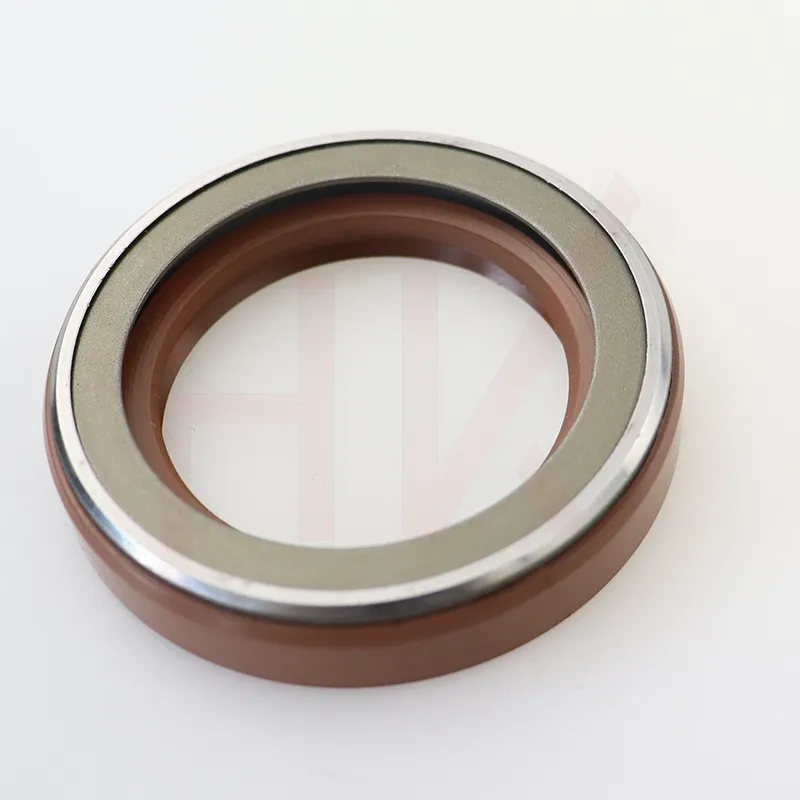Δεκ . 29, 2024 14:46 Back to list
dust seal
Understanding Dust Seals Importance, Mechanisms, and Applications
In many industrial and engineering applications, the integrity and functionality of machinery depend significantly on effective sealing solutions. Among these, dust seals play a pivotal role, particularly in protecting sensitive components from the ingress of particulate matter. This article explores the importance, mechanisms, and applications of dust seals.
Importance of Dust Seals
Dust seals are essential for maintaining the operational efficiency and longevity of equipment. The primary function of a dust seal is to prevent dust and other contaminants from entering critical areas such as bearings, shafts, and electronic components. The presence of dust and debris can lead to several detrimental effects, including
1. Wear and Tear Contaminants can cause abrasive wear on moving parts, leading to premature failure of machinery. 2. Lubrication Loss Dust can disrupt the lubrication layers of mechanical parts, resulting in increased friction and heat generation. 3. Performance Degradation Contaminated systems can experience reduced performance and efficiency, impacting overall productivity. 4. Increased Maintenance Costs The need for more frequent maintenance and repairs due to contamination can significantly impact operational costs.
Mechanisms of Dust Seals
Dust seals are designed to create a barrier against particulate matter while allowing necessary movement of the equipment. They achieve this through a combination of materials and designs that maximize flexibility and durability. Common materials used for dust seals include rubber, polyurethane, and synthetic compounds, each selected for their resilience and compatibility with various environments.
The mechanism of action for dust seals involves creating a snug fit around moving parts. Depending on the design, dust seals might utilize features such as lips, grooves, or flanges that help enhance their sealing capabilities. Additionally, some dust seals incorporate features like outward-facing lips or labyrinth designs, which further inhibit contaminants from entering while enabling smooth movement of components.
dust seal

Types of Dust Seals
Several types of dust seals are used in various applications, each designed for specific conditions
1. Lip Seals These are among the most common dust seals, featuring a flexible lip that adapts to the surface it seals. 2. Flange Seals Flange seals provide enhanced stability and can accommodate a variety of mounting configurations, making them suitable for different machine designs. 3. Labyrinth Seals These seals create a complex path for contaminants, which effectively reduces the likelihood of dust ingress while allowing for necessary movement. 4. O-Ring Seals O-rings are versatile and used in various configurations and machinery, providing effective dust sealing solutions.
Applications of Dust Seals
Dust seals find applications across a wide range of industries, including
1. Automotive Used to protect wheel bearings, steering systems, and engine components from dirt and grime. 2. Industrial Machinery Essential for maintaining the integrity of bearings and hydraulic systems in heavy machinery, ensuring optimal performance and minimizing downtime. 3. Electronics Dust seals are critical in safeguarding electronic components from dust, moisture, and other environmental factors that can cause malfunction. 4. Aerospace Protective seals are vital for aircraft components, where exposure to extreme conditions necessitates reliable sealing solutions.
Conclusion
In conclusion, dust seals are an indispensable component in many mechanical systems, playing a crucial role in prolonging the lifespan of equipment and reducing maintenance costs. With advancements in materials and design, dust seals have become more effective in preventing contamination, thus ensuring the reliability and efficiency of machinery. As industries continue to evolve, the significance of reliable sealing solutions will remain paramount, emphasizing the ongoing need for innovation in dust seal technology. Ensuring that the right type of dust seal is employed can enhance the longevity and performance of machinery, ultimately contributing to greater productivity and efficiency in various sectors.
-
The Trans-formative Journey of Wheel Hub Oil Seals
NewsJun.06,2025
-
Graphene-Enhanced Oil Seals: Revolutionizing High-Pressure Oil Sealing
NewsJun.06,2025
-
Future of Hydraulic Sealing: Advanced Intelligent TCN Oil Seals
NewsJun.06,2025
-
Don’t Let a Broken TCV Oil Seal Ruin Your Day
NewsJun.06,2025
-
Bio-Inspired Dust Seals for Better Sealing Performance
NewsJun.06,2025
-
Biodegradable and Sustainable Hydraulic Seal Materials
NewsJun.06,2025
-
Top Oil Seal Solutions for Your Industrial Needs
NewsMay.22,2025
Products categories
















